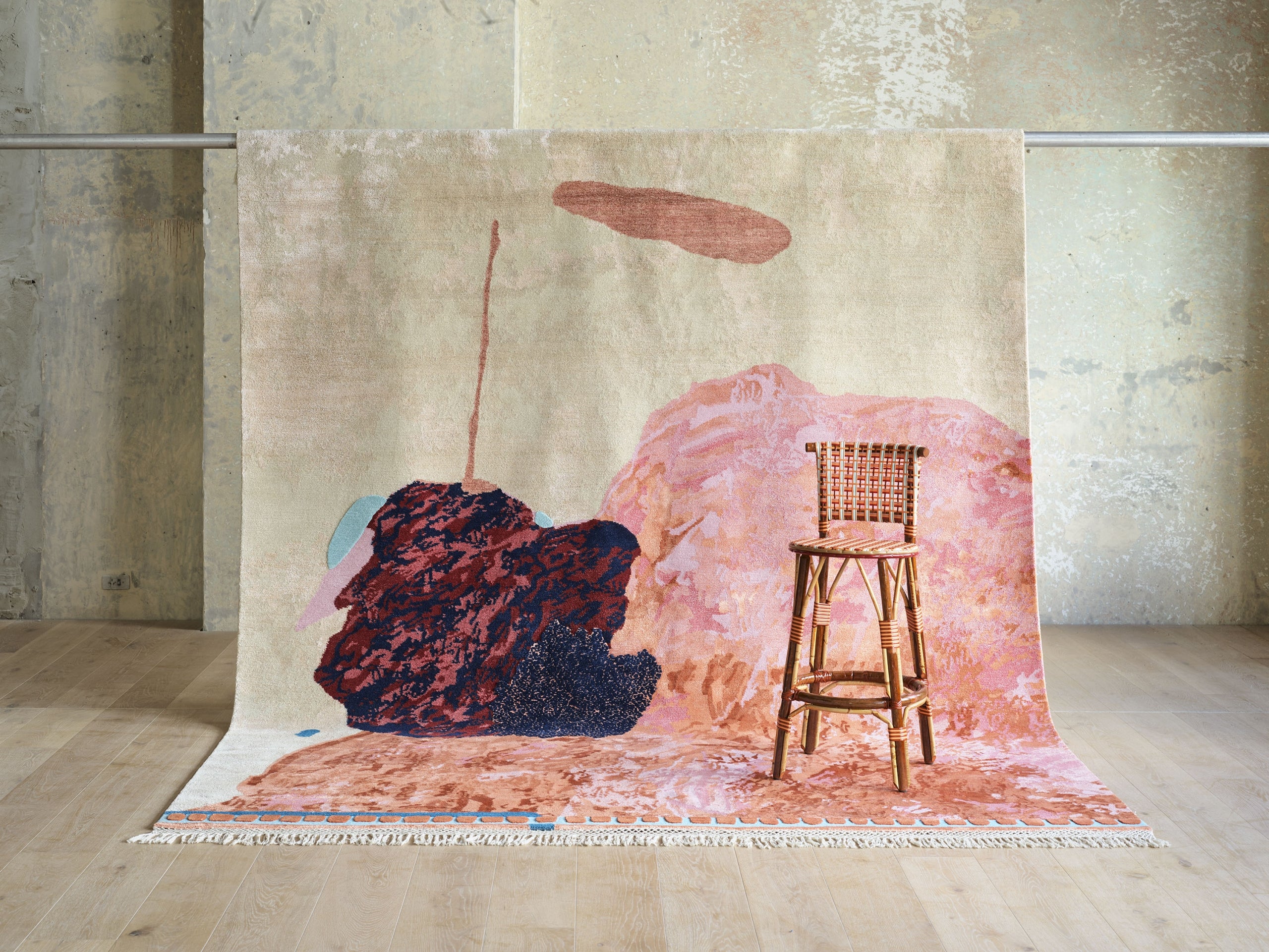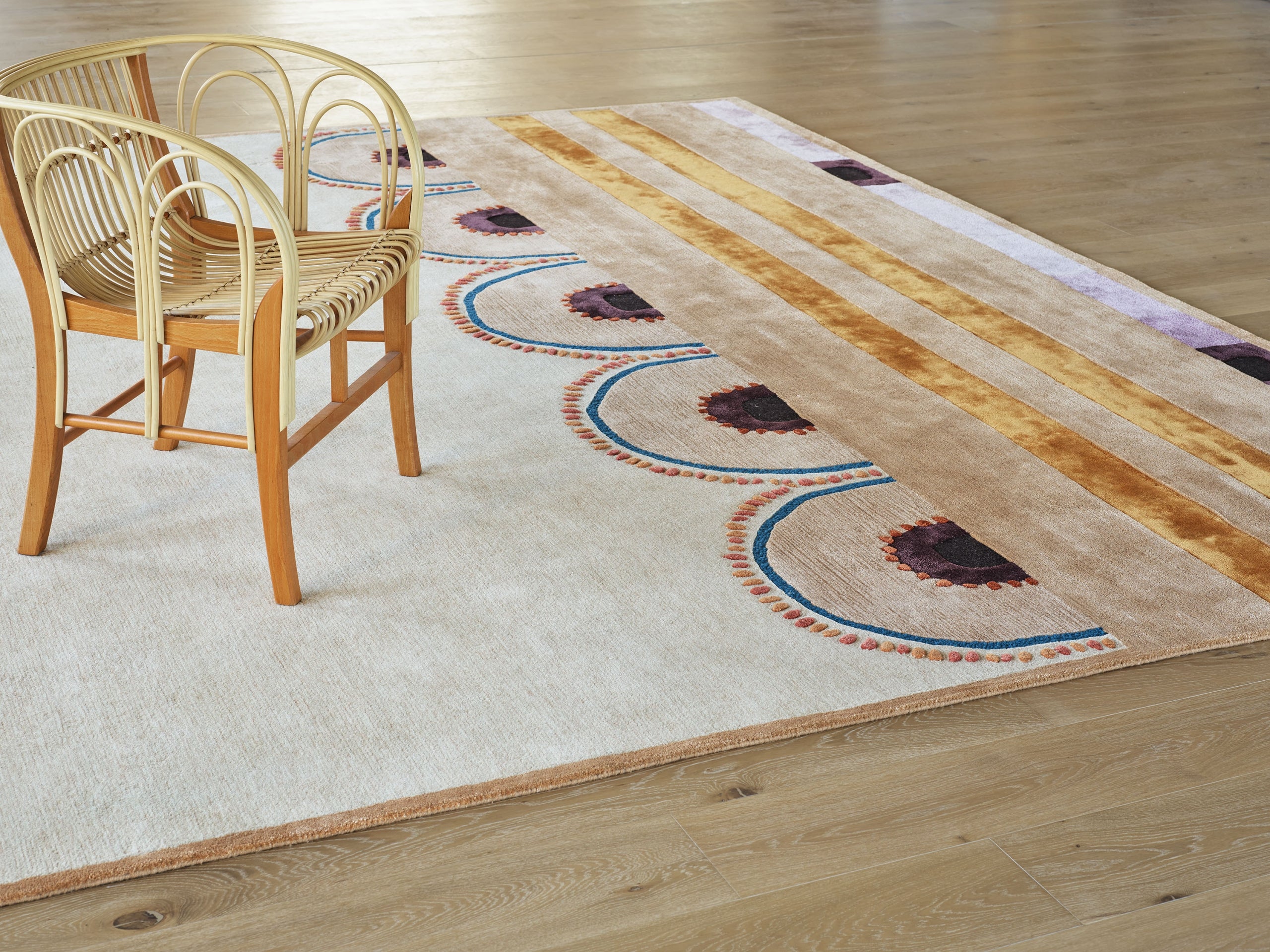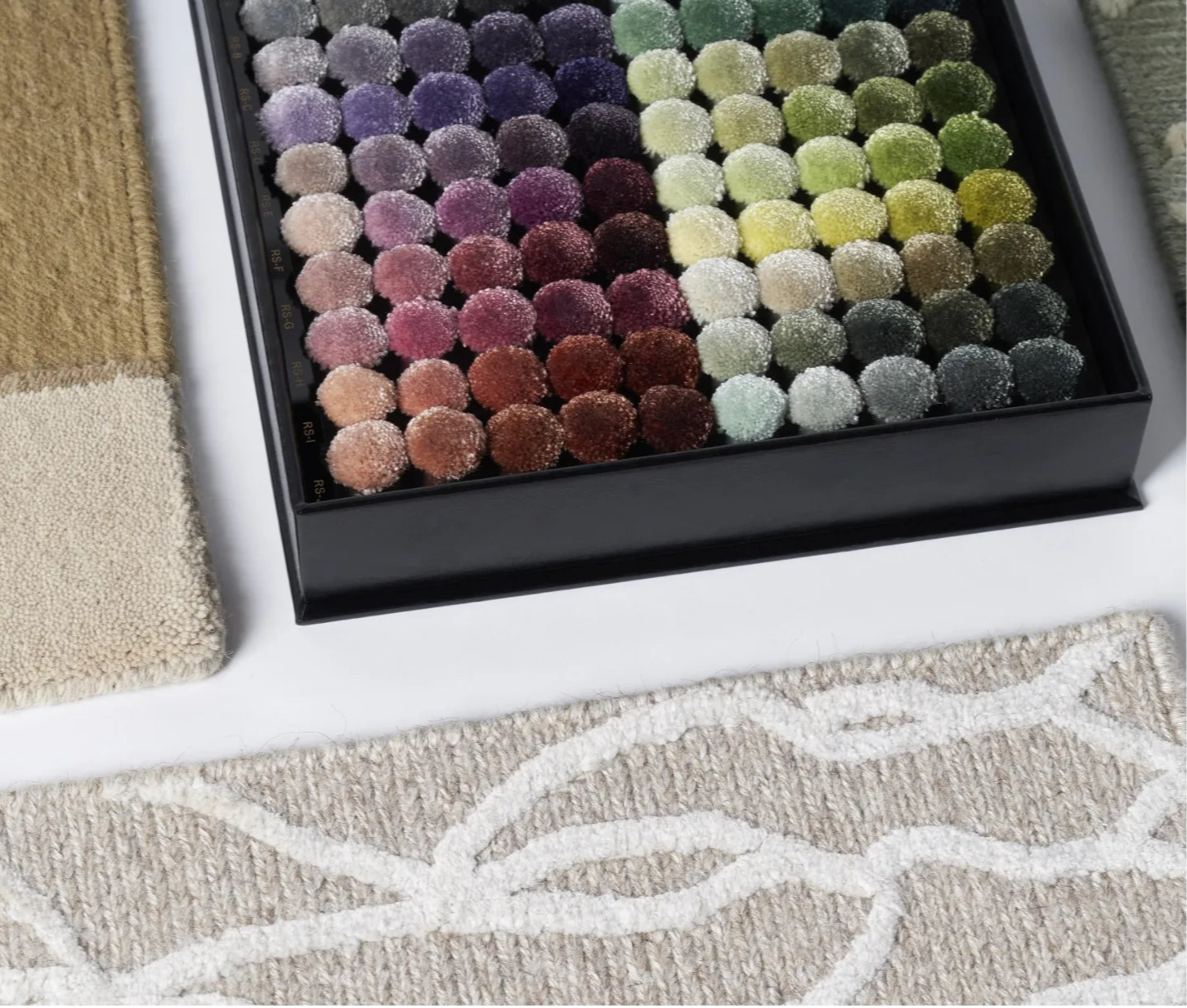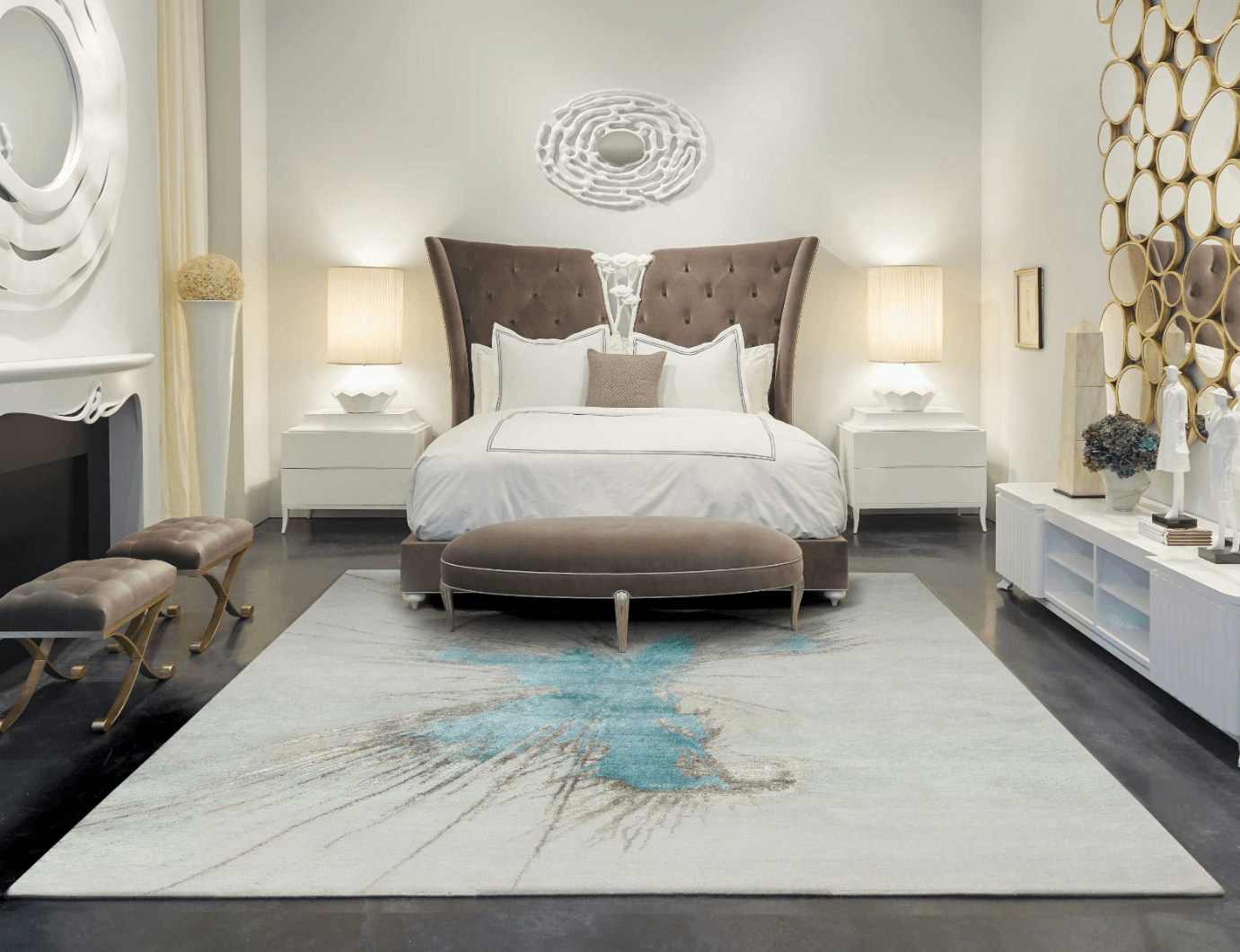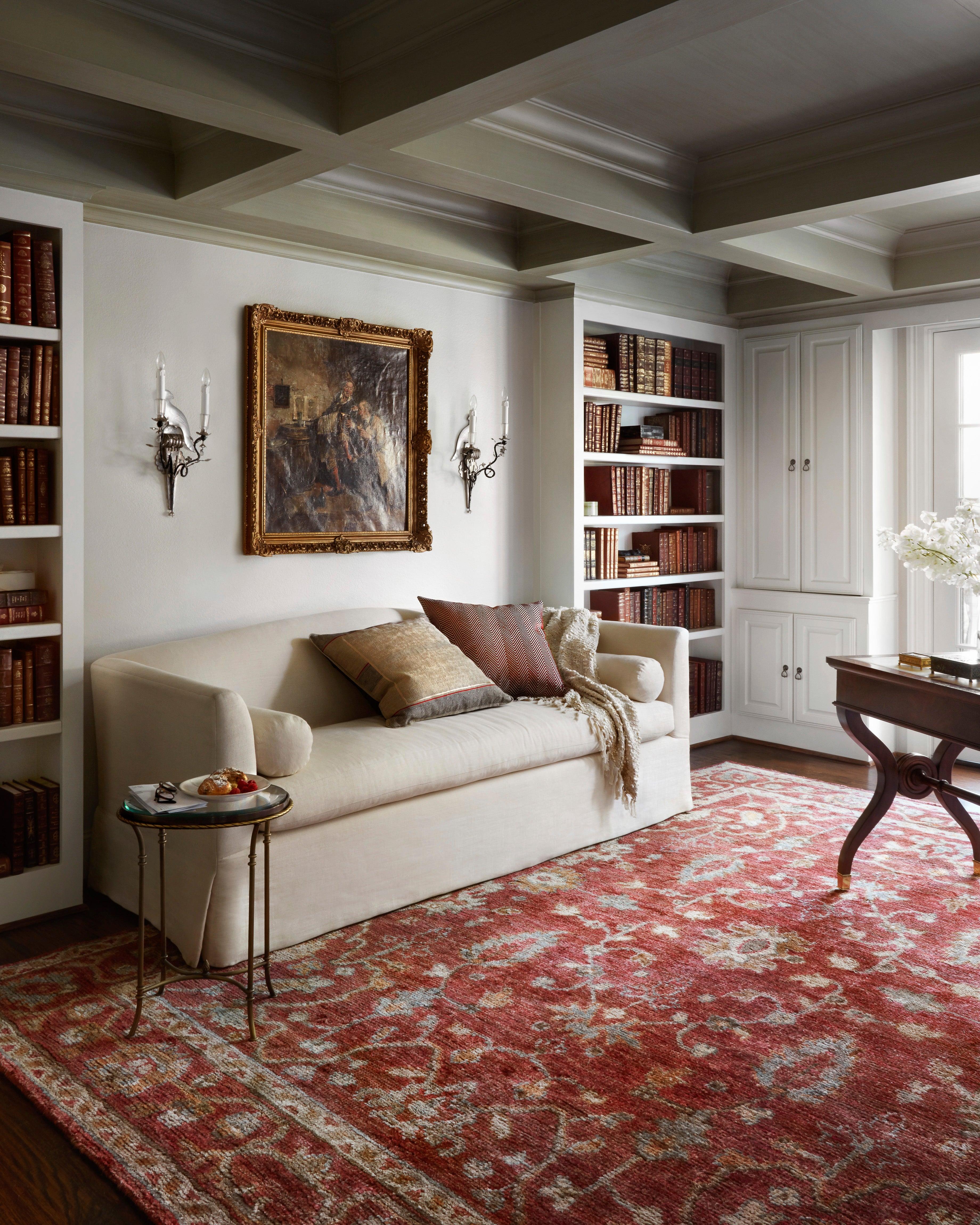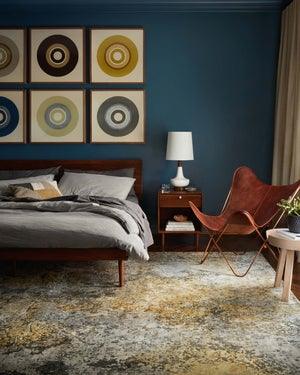
A Brief History of Oriental Rugs
Oriental rugs are hand knotted carpets that originate from Asian countries. These include China, Iran, Russia, Pakistan, India, Nepal among others. While Persian rugs are also called Oriental rugs, they are only available from Iran which was known as Persia (thus the name).
These rugs have a luxurious and thick pile, boast rich color combinations and have distinct knots that make them instantly recognizable. Oriental rugs may be a staple in homes today, but they have a rich history that makes them extra special.
Oriental rugs a history
Historically, these rugs were named after the town, village or district they were made or collected from. These did not make it into the mainstream US market immediately. In the mid and late 19th century, wealthy Americans would import transitional and contemporary rugs from Europe as well as the Middle East. During that time, carpet manufacturers from Asia Minor and Persia developed a substantial export industry that has stood the test of time.
15th - 16th Centuries
The first Eastern carpets were introduced to Europe in the 15th and 16th centuries. However, they weren’t used as floor coverings. Most were used to cover tables or placed in front of church altars. Only kings and other members of royalty could afford large Oriental or traditional rugs.
16th - 17th Centuries
In the 16th and 17th centuries, the English began to mass produce floor coverings that looked like authentic Oriental rugs with Turkish designs. Some also feature English patterns that were popular during that age. It was Henry VIII who encouraged an interest in authentic Oriental rugs which were imported to England by Venetian traders.
The costliest varieties were made in France at Savonnerie which used to be a soap factory. Henry IV had many of those rugs placed in the Louvre because of their timeless beauty. Oriental carpets were favorites of Louis XIV and the king would often give them as gifts to visiting royalty. Today, an authentic Savonnerie rug can go for thousands of dollars at auction provided it is preserved well.
Present Day
Today, anyone can afford a fake Oriental rug, but the authentic variety can set you back thousands of dollars or more. While modern rugs from the 19th and early 20th century are far from cheap, you can easily get duped into purchasing a fake. This can happen if you don’t know what you are looking for.
Visit Us at Modern Rug Importers For Authentic Traditional Rugs
Whether you are looking for authentic rug suppliers with a wide selection or real Oriental rugs or are in search of other vintage carpets, we have an inventory that will not disappoint. At Modern Rug Importers, we go the extra mile to ensure our clients are satisfied with their purchases. Visit us at our showroom in Laguna Hills, CA for a personal tour. We will be more than happy to help you make an informed decision.
